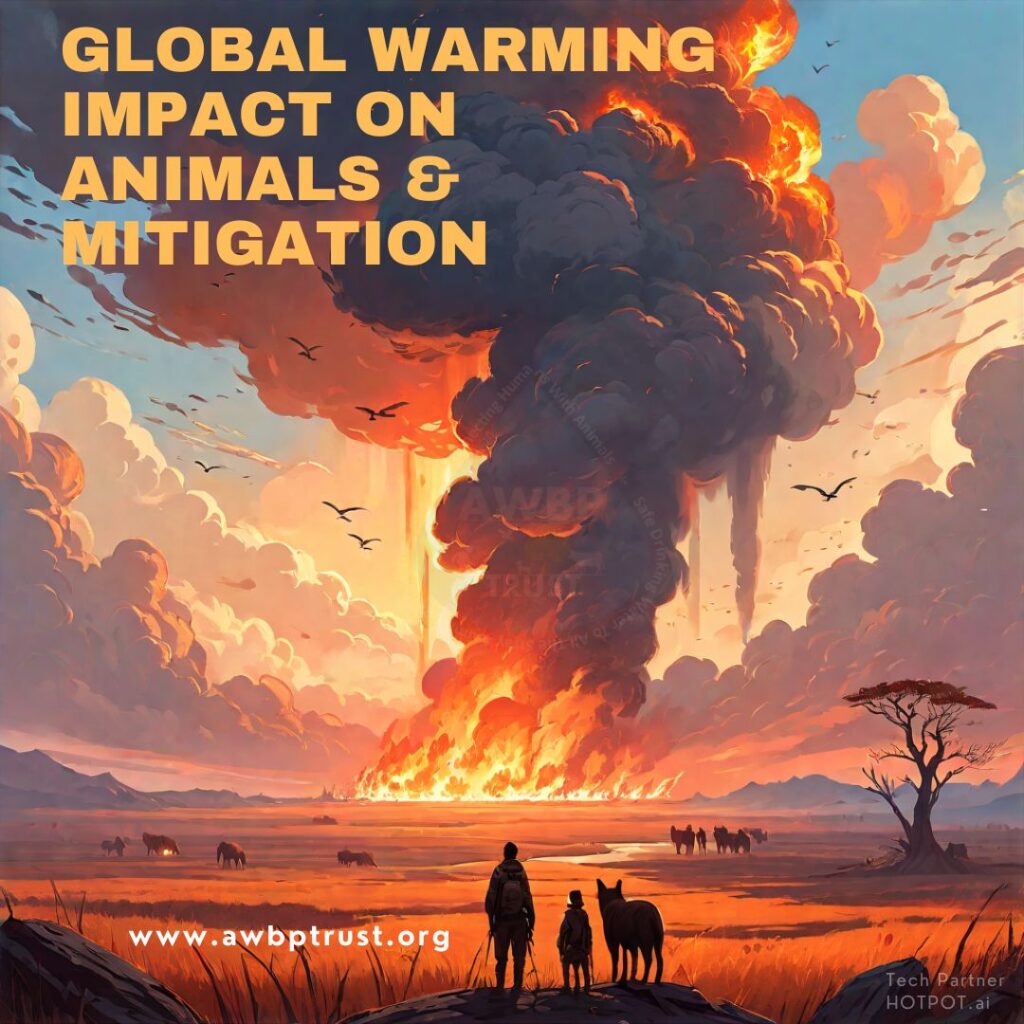
“Global warming” denotes the escalation in global temperatures primarily caused by the rising levels of greenhouse gases in the atmosphere.
Gain Insight into Greenhouse Gases and Their Origins
Carbon dioxide (CO2)
The natural origins of carbon dioxide encompass the majority of animals, which release carbon dioxide as a byproduct of respiration. Human-induced carbon dioxide emissions mainly stem from energy generation, such as the combustion of coal, oil, or natural gas.
Methane (CH4)
Methane comes from both natural sources and human activities. An estimated 60% of today’s methane emissions are the result of human activities. The largest sources of methane are agriculture, fossil fuels, and the decomposition of landfill waste.
Nitrous oxide (N2O)
Nitrous oxide is released during agricultural, land use, and industrial practices, as well as from the combustion of fossil fuels and solid waste, and during wastewater treatment processes.
Hydrofluorocarbons (HFCs)
Emissions. HFCs are entirely human-made. They are primarily produced for use in refrigeration, air-conditioning, insulating foams and aerosol propellants, with minor uses as solvents and for fire protection.
Perfluorocarbons (PFCs)
Perfluorocarbons (PFCs) typically exhibit prolonged atmospheric lifespans and have Global Warming Potentials (GWPs) close to 10,000. Sulfur hexafluoride finds application in magnesium processing and semiconductor manufacturing, and serves as a tracer gas for leak detection.
Sulphur hexafluoride (SF6)
The largest source is related to the use of SF6 for electrical insulation (78% of the total in 2021). Emissions arise during the manufacture and filling of electrical switchgear and from leakage and during maintenance throughout the equipment’s lifetime.
Nitrogen trifluoride (NF3)
Nitrogen trifluoride (NF3) is a synthetic inorganic chemical. It is manufactured by the reaction of hydrochloric acid (HCl) and ammonia (NH3). It is toxic, odourless, colourless, non-flammable, and is an oxidizing gaseous substance at room temperature and atmospheric pressure1.
Impact On Animals
Global warming, driven by human activities such as the burning of fossil fuels and deforestation, is causing significant changes in ecosystems worldwide. Among the most vulnerable to these changes are birds and other wildlife, which face numerous challenges as temperatures rise and habitats are altered. In this article, we will delve into the various ways in which global warming is impacting birds and other animals, and explore potential solutions to mitigate these effects.
Habitat Loss and Fragmentation:
- One of the most immediate impacts of global warming on birds and wildlife is habitat loss and fragmentation. As temperatures rise, ecosystems are shifting, causing changes in vegetation patterns and altering the availability of food and nesting sites. This loss and fragmentation of habitat can lead to population declines and increased competition for resources among species.
Changes in Migration Patterns:
- Many bird species rely on specific environmental cues, such as temperature and day length, to initiate migration. However, as global temperatures continue to rise, these cues may become less reliable, leading to disruptions in migration patterns. For some species, this could mean arriving at breeding or wintering grounds at the wrong time, reducing their chances of survival.
Altered Breeding and Reproduction:
- Global warming can also impact the breeding and reproduction of birds and other animals. Warmer temperatures may cause changes in the timing of breeding seasons, leading to mismatches between peak food availability and the hatching of young. Additionally, extreme weather events, such as heatwaves and storms, can result in nest failure and decreased reproductive success.
Increased Disease Transmission:
- As temperatures rise, the ranges of disease-carrying organisms, such as mosquitoes and ticks, may expand, leading to increased disease transmission among wildlife populations. Birds and other animals may be particularly susceptible to diseases such as avian malaria and West Nile virus, which can have devastating effects on populations.
Threats to Food Sources:
- Global warming can also impact the availability of food sources for birds and other wildlife. Changes in temperature and precipitation patterns can alter the abundance and distribution of plant and insect species, which serve as important food sources for many animals. Additionally, warming oceans can affect fish populations, impacting species that rely on them for food.
Mitigation Strategies
While the impacts of global warming on animals (like birds, wildlife and domestic) are significant, some steps can be taken to mitigate these effects and protect vulnerable species:
Conservation and Restoration of Habitat:
- Efforts to conserve and restore habitat are critical for maintaining healthy bird and wildlife populations. This includes protecting important breeding and nesting sites, as well as creating wildlife corridors to connect fragmented habitats.
Climate Action:
- Addressing the root causes of global warming through measures such as reducing greenhouse gas emissions and transitioning to renewable energy sources is essential for mitigating its impacts on birds and other animals.
Monitoring and Research:
- Continued monitoring and research are necessary to track the effects of global warming on bird and wildlife populations and identify areas where conservation efforts are most needed.
Public Awareness and Education:
- Increasing public awareness about the impacts of global warming on birds and other animals can help garner support for conservation initiatives and encourage individuals to take action to reduce their carbon footprint.
Global warming poses significant challenges for birds and other wildlife, threatening their habitats, migration patterns, and reproductive success. However, by taking proactive measures to address the root causes of climate change and implementing strategies to protect vulnerable species, we can work towards ensuring a sustainable future for biodiversity worldwide. We must act now to preserve the rich diversity of life on our planet for future generations.
Credits:
Lakshman Molleti, AI, Other Sources (Content, Artwork, & Design)
